Special Dividends Are On The Rise — Here's What to Know About Them
More companies are paying out special dividends this year. Here's what that means.

The first half of 2023 was exciting for investors, as a new bull market was born and tech stocks went on a tear. Even supposedly staid dividends got a little spicier, as 36 firms in the broad-market S&P 1500 index paid out special dividends – extra, one-time payments on top of their regular dividend payouts – from January through June, according to S&P Global Market Intelligence. That's the highest rate in at least six years.
Redistributing windfall cash via special dividends is a fairly common practice among energy and commodity companies. This year, investors also received extra payouts from firms including Ford (F), Host Hotels & Resorts (HST) and truck maker Paccar (PCAR). And more bonuses are likely coming. Costco Wholesale (COST) has been building up cash and is expected by many analysts to soon distribute much of that to shareholders, for example.
It is always nice to receive an extra check, of course. "It's like chocolate Easter eggs: It's a thrill to find one," says Sam Stovall, chief investment strategist for CFRA Research.

Sign up for Kiplinger’s Free E-Newsletters
Profit and prosper with the best of expert advice on investing, taxes, retirement, personal finance and more - straight to your e-mail.
Profit and prosper with the best of expert advice - straight to your e-mail.
In many cases, if not most, a special dividend simply reflects a welcome policy of returning excess cash to shareholders. But special dividends can also pose conundrums for investors. They can be difficult to work into a budget for investors who depend on dividend income, and they complicate the analysis for those trying to value a stock. In some cases, such as when a company can't really afford it, a special dividend can be a bearish sign.
To understand the corporate reasoning behind special dividends, it helps to consider dividends generally. Think of them as profit-sharing checks issued by more than 40% of U.S. public firms. (Smaller and fast-growing companies tend not to pay dividends because they want to re-invest in the business.) U.S. dividend payers typically make distributions every three months – usually in cash, sometimes in stock.
Most companies strive to maintain a steady payment and are conservative about committing to a dividend increase. If they can't support the dividend in perpetuity and must eventually cut the payout, the stock price typically plunges. "Dividend cuts are an abomination," says Jay Hatfield, portfolio manager of the InfraCap Equity Income Fund ETF.
The cash challenge
The market's premium on predictable dividends poses a challenge to firms in boom-and-bust cyclical industries as well as to firms receiving one-time cash infusions from, for example, the sale of a factory or some other asset. Those companies can either buy, develop or expand businesses; buy back their company's stock; or pay out the money as a dividend.
Some firms have decided to ignore the market's preference for stable payouts and vary their regular dividend distributions according to their financial situation. For example, asset management firm Blackstone (BX), a member of the Kiplinger Dividend 15, the list of our favorite dividend stocks, makes four scheduled dividend payments a year. But the amount of each varies. Variable payouts are also common overseas. But most U.S. companies looking to share a cash surplus follow a hybrid strategy: They maintain a consistent payout with regular quarterly dividends and issue a special bonus when they can.
The best special dividends, from an investor's point of view, are those that combine a reliable regular payment and a clear and consistent policy for the timing and amount of special dividends, says Grace Lee, lead portfolio manager of the Columbia Dividend Opportunity Fund. Otherwise, she says, "to the extent that a dividend is unpredictable, it is hard to put a value on it."
Oil giant ConocoPhillips (COP) says it plans to return 9% of its market capitalization (the value of all of its outstanding shares) to investors each year in the form of dividends or stock buybacks. Conoco has issued special dividends ranging from 30 cents a share to $1.40 on top of its regular dividend (currently 51 cents a share) every quarter since the start of 2022. Over the past 12 months, the energy stock's total return (price change plus dividends) was 21% – twice the return of the overall energy category, according to research firm Morningstar.
Is a special dividend good or bad?
"Not all special dividends are created equal," says Steve Sosnick, chief strategist at Interactive Brokers. Some firms struggle to pay dividends they can ill afford. Borrowing to pay a special dividend is especially controversial. The grocery chain Albertsons (ACI) borrowed $1.5 billion of the $4 billion it paid out in a special dividend in January, a move opposed by several states' attorneys general who worried it would weaken the firm.
Special dividends in lieu of regular-dividend hikes might also indicate that a company is expecting a downturn in profits or cash flow, says Infracap's Hatfield. That's one reason the firms that use special dividends the most tend to be subject to swings in business cycles and have volatile stocks, he says.
Finally, a special dividend can also serve as a hint that a stock is fully valued or even overvalued, says Alex Edmans, a finance professor at the London Business School. "If a company's shares are undervalued, it should prefer a share buyback," Edmans says.
So it pays to be picky about investing in firms that rely on special dividends. A "poster child" for handling special dividends smartly, according to Hatfield: oil company EOG Resources (EOG). EOG's stated policy is to return 60% of free cash flow (money left after expenses and investing to maintain or expand the business) to shareholders through a combination of regular and special dividends and stock buybacks. Since January 2021, the company has raised its regular dividend from 37.5 cents per quarter to 82.5 cents and has issued seven special dividends.
But EOG did not issue a special dividend in the second quarter this year. The company had already started buying back its shares, which over a volatile first half ended up with a price decline of more than 5%. In terms of deploying cash, "that is the way to manage it," Hatfield says. Hatfield nonetheless limits his stake in EOG, given its exposure to the ups and downs of the commodity market and economic cycles.
It's the same with special dividends. Just like chocolate Easter eggs, you can't live on them, but they are a sweet treat – sometimes best enjoyed in small bites.
| Year | Companies |
| 2018 | 48 |
| 2019 | 43 |
| 2020 | 45 |
| 2021 | 54 |
| 2022 | 55 |
| 2023* | 36 |
* Through June 30. Source: S&P Global Market Intelligence
Note: This item first appeared in Kiplinger's Personal Finance Magazine, a monthly, trustworthy source of advice and guidance. Subscribe to help you make more money and keep more of the money you make here.
Related content
Get Kiplinger Today newsletter — free
Profit and prosper with the best of Kiplinger's advice on investing, taxes, retirement, personal finance and much more. Delivered daily. Enter your email in the box and click Sign Me Up.

Kim Clark is a veteran financial journalist who has worked at Fortune, U.S News & World Report and Money magazines. She was part of a team that won a Gerald Loeb award for coverage of elder finances, and she won the Education Writers Association's top magazine investigative prize for exposing insurance agents who used false claims about college financial aid to sell policies. As a Kiplinger Fellow at Ohio State University, she studied delivery of digital news and information. Most recently, she worked as a deputy director of the Education Writers Association, leading the training of higher education journalists around the country. She is also a prize-winning gardener, and in her spare time, picks up litter.
-
 The AI Doctor Coming to Read Your Test Results
The AI Doctor Coming to Read Your Test ResultsThe Kiplinger Letter There’s big opportunity for AI tools that analyze CAT scans, MRIs and other medical images. But there are also big challenges that human clinicians and tech companies will have to overcome.
By John Miley Published
-
 The Best Places for LGBTQ People to Retire Abroad
The Best Places for LGBTQ People to Retire AbroadLGBTQ people can safely retire abroad, but they must know a country’s laws and level of support — going beyond the usual retirement considerations.
By Drew Limsky Published
-
 Stock Market Today: Tariff Talks Drive Another Up-and-Down Day
Stock Market Today: Tariff Talks Drive Another Up-and-Down DayTrade war negotiations are happening, but the "fear gauge" is gyrating, and investors, traders and speculators are still searching for signs of a bottom.
By David Dittman Published
-
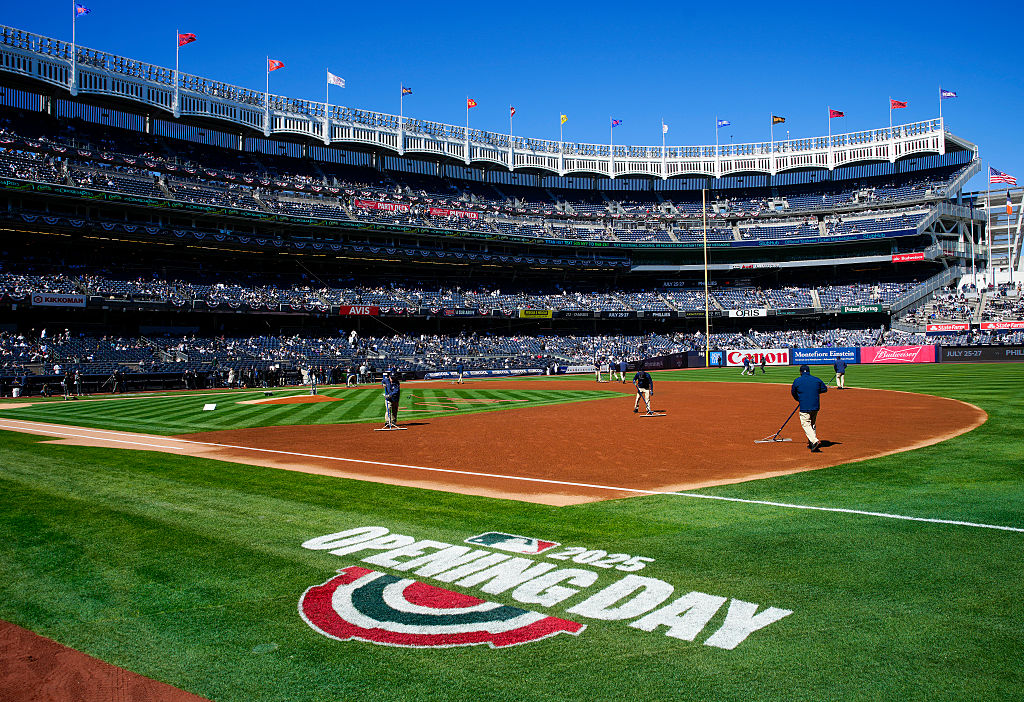 How to Invest in Sports
How to Invest in SportsIf it's springtime, Forbes is out with its annual list of baseball franchise values. The billions involved might make you wonder how to invest in sports.
By David Dittman Published
-
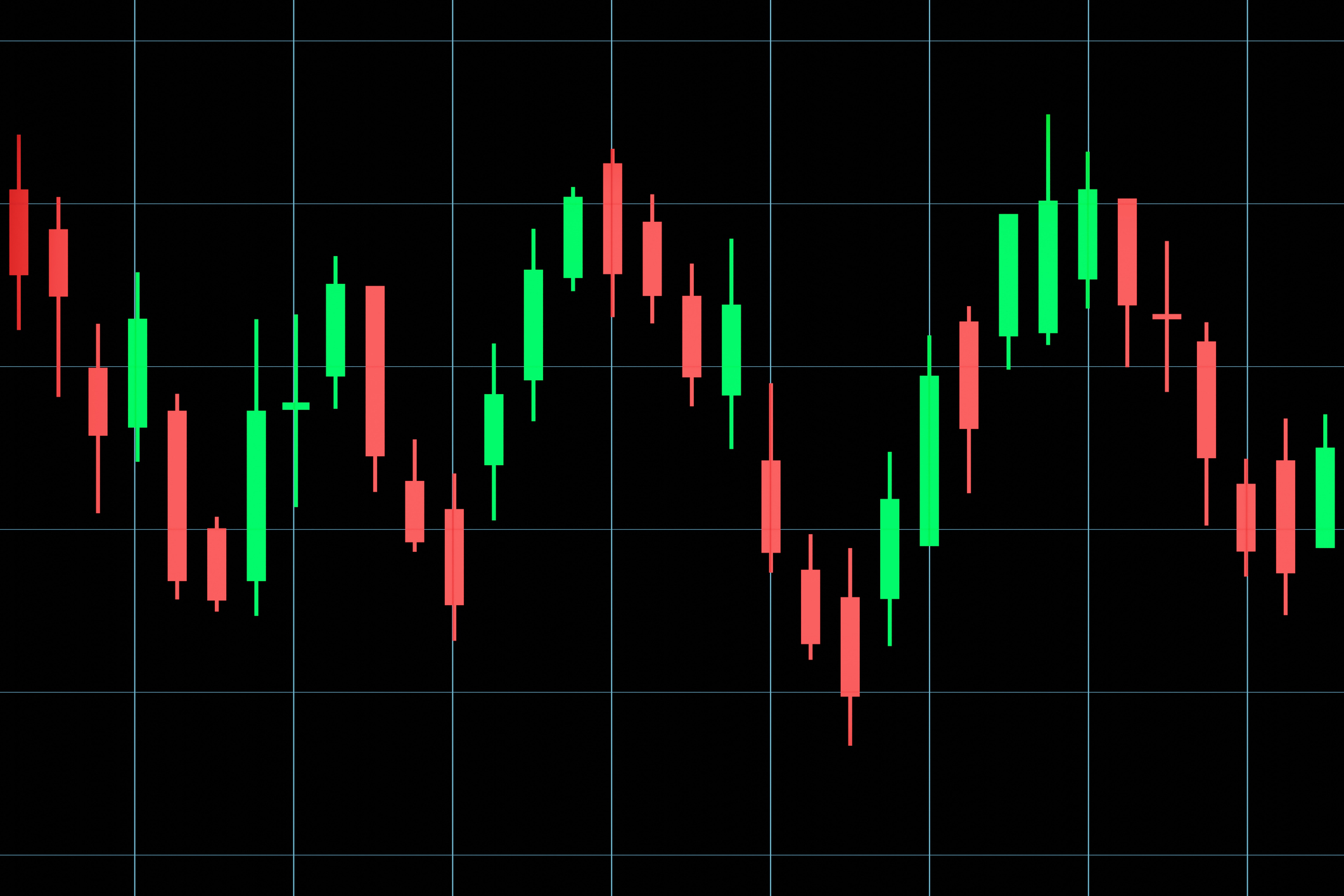 Stock Market Today: It's Going to Stay Choppy for Stocks
Stock Market Today: It's Going to Stay Choppy for StocksAuto-focus can show us a lot about uncertainty on the ground and in the stock market.
By David Dittman Published
-
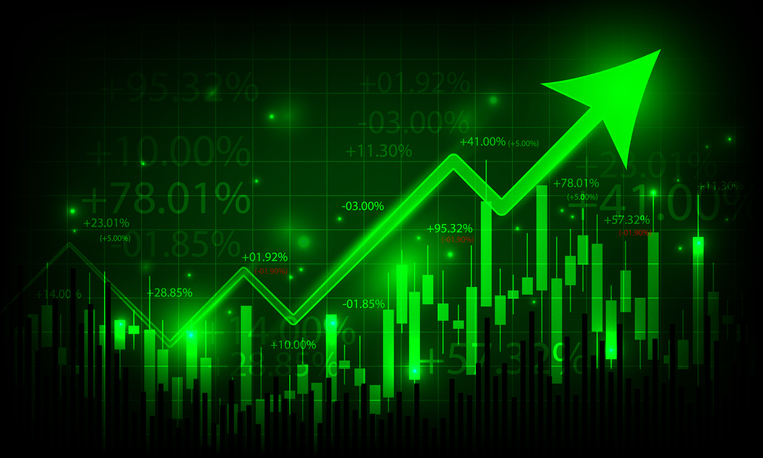 Stock Market Today: Dow Adds 485 Points After Trump's Tariff Delay
Stock Market Today: Dow Adds 485 Points After Trump's Tariff DelayThe White House said it will postpone tariffs on automotive imports from Canada and Mexico for one month.
By Karee Venema Published
-
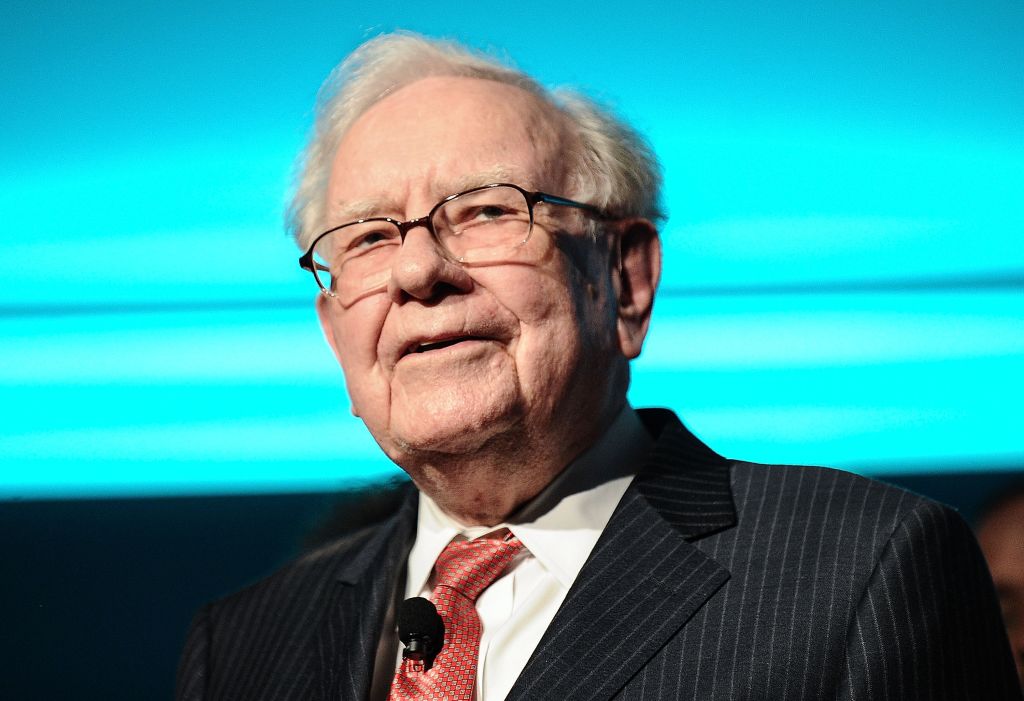 7 of Warren Buffett's Biggest Misses
7 of Warren Buffett's Biggest MissesWarren Buffett's investing wins are highly regarded across Wall Street, but no one can bat a thousand. Here are some of Buffett's biggest misses.
By Kyle Woodley Published
-
 Stock Market Today: Dow Adds 538 Points on First Trading Day of Second Trump Administration
Stock Market Today: Dow Adds 538 Points on First Trading Day of Second Trump AdministrationStocks rise while the White House issues a historic series of executive orders.
By David Dittman Published
-
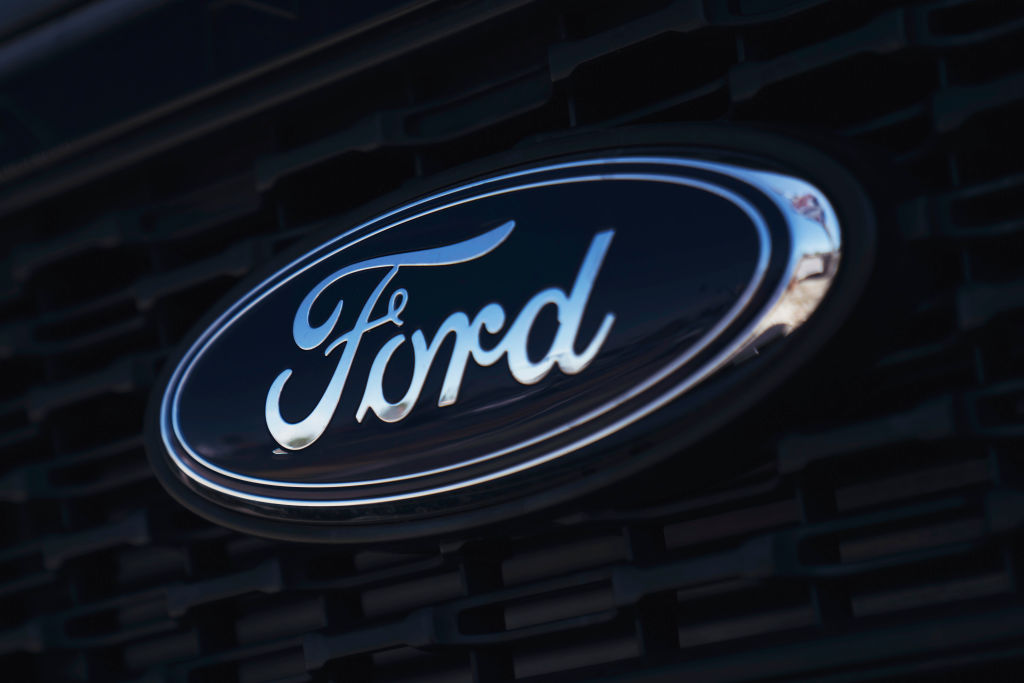 What's Behind Ford Stock's New Sell Rating?
What's Behind Ford Stock's New Sell Rating?Jefferies downgraded Ford on concerns over earnings headwinds and "challenging decisions ahead." Here's what investors need to know.
By Joey Solitro Published
-
 Stock Market Today: Broadcom Earnings Boost the Nasdaq
Stock Market Today: Broadcom Earnings Boost the NasdaqBroadcom became the latest member of the $1 trillion market-cap club after its quarterly results, while RH also rallied on earnings.
By Karee Venema Published